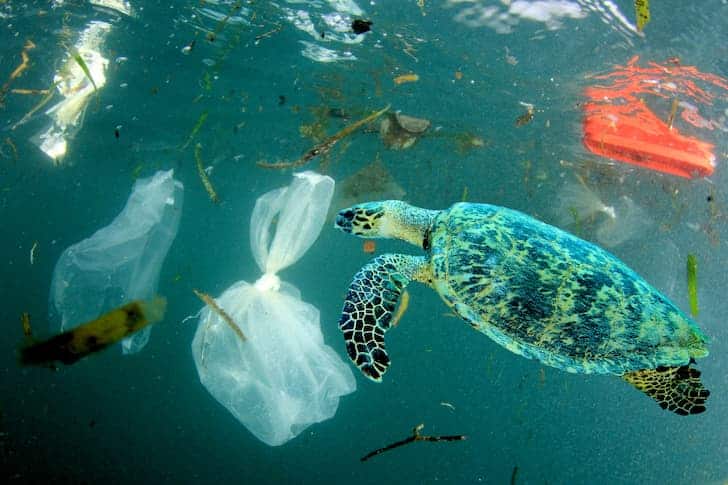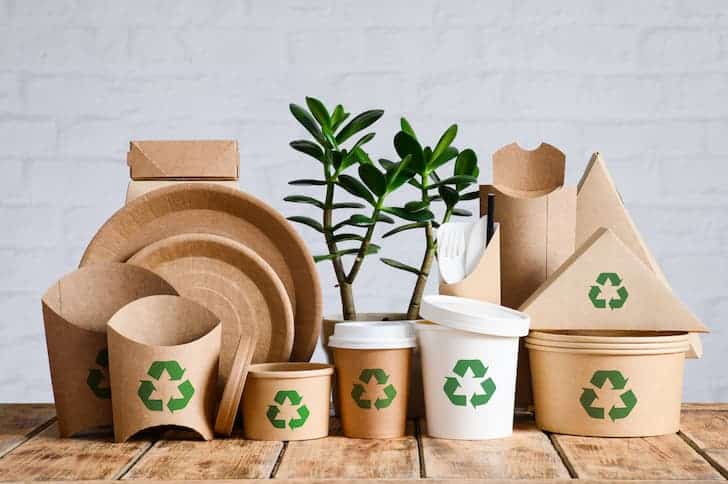Have you ever envisioned a sustainable, environmentally friendly packaging material for your company that also happens to be effective in storing and transporting goods? If you’ve answered ‘yes,’ what you have pictured is what’s called eco-friendly packaging.
The eco-friendly packaging line encompasses packaging materials that minimize negative environmental impact by using sustainable, recyclable, and composting materials that reduce the environment’s carbon footprint while still being effective.
In this guide to eco-friendly packaging lines, the points will examine why eco-friendly packaging matters, the key factors underpinning eco-friendly packaging lines, options employed in eco-friendly packaging, and the benefits of eco-friendly packaging lines. Keep reading to learn more.
Why Does Eco-Friendly Packaging Matter?
Research after research has been conducted on the impact of unsustainable packaging on the environment. All of the studies have concluded that using and disposing of plastic packaging materials have exacerbated the rate of environmental degradation.
According to the United Nations Environment Program (UNEP), approximately 7 billion of the 9.2 billion tons of plastic produced between 1950 and 2017 became plastic waste. A 2014 report by the British publication, The Guardian highlighted how pervasive packaging practices by everyday brands had impacted the environment.
Other data sources have indicated that glass bottles might take up to 1,000,000 years to decompose, plastic bottles up to 450 years, aluminum cans up to 250 years, plastic bags up to 15 years, and milk cartons up to 5 years.
It’s considering these reports that eco-friendly packaging comes into play. Eco-friendly packaging lines reduce your carbon footprint, are biodegradable, easy to dispose of, and can be sustainably reused and recycled. In addition to the environmental benefits, eco-friendly packaging improves your brand image and introduces you to more customers who have increasingly become environmentally conscious.
In the example of quality packaging by TDI Packsys and others like it, eco-friendly packaging lowers shipping and storage costs as well as the packages produced are compact enough to hold the product without needing extra materials that’d only end up being plastic waste.
Factors Underpinning Eco-Friendly Packaging Lines
For a packaging line to be considered eco-friendly, it must possess the following features:
Sustainability
Regarding sustainability, eco-friendly packaging material should consider preservation, reduction, and circulation elements.
To make sustainable packaging, you should use only source materials that preserve the environment, such as renewable and non-toxic materials. Reduction means you should reduce the volume of the packaging material to cut down on waste by considering options such as minimalist or custom-fit boxes.
The circulation element, on the other hand, means that the materials put into use should be able to be reused for other practical activities with great benefits to the user.
Reduction in Carbon Footprint
Some ways sustainable packaging materials reduce carbon footprint include using renewable materials from the sourcing stage to the manufacture, shipping, and recycling stage. Eco-friendly packaging line materials should be responsibly sourced to ensure the environment remains protected both during the production process and after the packaging material has served its purpose.
Durability And Effectiveness
Using sustainable materials isn’t an excuse for low-quality packaging. Eco-friendly packaging lines should consider reducing the usage of materials in packaging without impacting the integrity of the packed products.

Options in Eco-Friendly Packaging Lines
There’s no shortage of innovation when it comes to eco-friendly packaging lines. Some of the most popularly used methods, nevertheless, include:
1. Use of Cardboard Boxes
Cardboard boxes are often the most used packaging materials because they’re biodegradable, cost-effective, fully recyclable, and sustainably sourced. Additionally, in the same range as cardboard boxes are cardboard envelopes, often used to send documents through the post. Cardboard boxes take an average of two months to decompose.
2. Use of Biodegradable Packaging Materials
When New York and other American states introduced a ban on Styrofoam, many affected businesses turned to biodegradable air peanuts, which for a while were the primary materials in packaging and remained the go-to choice for many companies.
These packaging peanuts are naturally derived starch from foods like wheat and corn. The packaging materials decompose within hours or days and dissolve in water, leaving behind zero toxic chemicals or microplastic.
Another excellent example of biodegradable materials used in eco-friendly packaging is inflatable air pillows. Plus, these pillows are good packaging alternatives as they consist primarily of air and can be reused, recycled, and biodegradable.
3. Use of Returnable And Reusable Packing
The use of reusable and, in some cases, returnable packaging has gone a long way in ridding the world of toxic waste from single-use plastics and other non-biodegradable packaging materials. Some companies sell packaging that, after delivery, can be returned to the production company for reuse. In the same light, some toy production companies have adopted packaging that allows the box to be used as a dollhouse or a play toy after the product has been retrieved.
In the case of returnable packing, you can consider incentives that’ll encourage customers to return the packing materials after use. Reusable packaging materials should have properties that’d benefit the user after their primary role has been achieved too.
4. Use of Edible Packaging
Many food brands worldwide have widely adopted edible packaging, from fast-food chains to ice-cream truck businesses. While edible packaging has been a hit-and-miss situation in the business world, it has practical applications in the food industry that’ll help build an eco-friendlier environment as time passes.
5. Use of Plant-Based Packaging Materials
Plants whose extracts can be used in making eco-friendly packaging include bamboo, mushrooms, potato starch, soy, and vegetables. Soy and vegetable ink, for example, enables sustainable branding on your packages. Mushroom packaging, which incorporates hemp hurd and mycelium extracted from the mushroom, is also used in making sustainable and environmentally friendly packaging lines.
Other options in eco-packaging lines include grass paper, that is, packaging paper made from grass, paper mailing bags, packing papers, etc.
Benefits of Eco-Friendly Packaging Lines
Some of the benefits of eco-friendly packaging lines include the following:
- Packaging materials made with eco-friendly options reduce carbon footprint, which is the amount of carbon dioxide released into the atmosphere due to the activity of an organization or community.
- Eco-friendly packaging increases sales. Research shows that from the 1990s, customers have purchased more from businesses that have adopted environmentally friendly activities than the alternative.
- Lower shipping costs due to the minimalism adopted by eco-friendly packaging solutions. Such minimalism allows you to ship more goods, thus reducing the number of transport rounds needed.
- Forging an environmentally responsible image fosters the perception of your brand among customers who are keen on protecting the environment.
- The eco-friendly packaging line is versatile and can be reused for other activities besides packaging and storage.
Parting Shot
The benefits of eco-friendly packaging lines aren’t only to the environment yet to your business too. Not only will your brand project its image as an environment-conscious brand, but it’ll also be perceived as a champion of environmental protection.
Consider the use of eco-friendly packaging materials to play your role in environmental protection while at the same time improving your brand’s standing to the general public.






